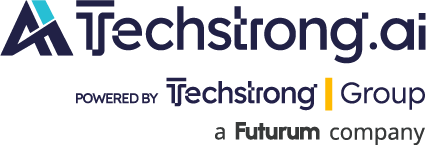
Salesforce today expanded the scope of its artificial intelligence (AI) agents to handle more complex multifaceted tasks as part of an ongoing effort to enable enterprise general intelligence (EGI).
The company is now making it possible to deploy the large action models (LAMs) it has developed, dubbed xLAMs, that drive those AI agents on multiple platforms. Additionally, it has developed a simulation environment, named CRMArena, that can be used to test how well AI agents are performing customer resource management (CRM) tasks.
LAMs are essentially an extension of the same foundational AI technologies that are used to create large language models (LLMs), except they are trained to leverage the reasoning engine to predict the next action rather than just, for example, the next word or snippet of code, says
Silvio Savarese, executive vice president and chief scientist for Salesforce.
Because those xLAMs are trained to automate specific tasks, they can also be considerably smaller than a general purpose LLM, which enables them to consume IT infrastructure resources more efficiently, he adds.
That smaller size, in turn, also enables the AI agents to be fast enough to drive workflows in real time, notes Savarese.
The challenge right now, however, is that AI agents are still a comparatively immature technology that succeed less than 65% of the time at function-calling on behalf of a persona they are trained to augment. That “jagged intelligence” gap results in small inconsistencies in an AI agent’s ability to execute basic tasks that over time erodes end user trust and confidence, Savarese says.
Salesforce as part of its EGI initiative is working to bridge that gap. While the debate over whether some artificial general intelligence (AGI) is ever really achievable continues, it is feasible to automate a range of tasks using AI agent that in addition to having more advanced reasoning capabilities will also be able to communicate using multi-model channels, including polyphonic speech, notes Savarese. “EGI is different from AGI,” he says. “It’s more targeted.”
It’s not clear to what degree the EGI strategy being pursued by Salesforce is materially different from rivals. Arguably, EGI is a logical next step in the pursuit of AGI and there is no silver bullet. In fact, researchers are still working on how two sets of agents that might be assigned a competing task, such as buying and selling, might negotiate with one another in a way that advances the goals of the parties that deployed them.
At this juncture, it’s not so much a question of whether AI agents will be incorporated into workflows so much as it is to what degree they can be relied on. Each organization is going to need to test the limits of their capabilities within the context of their own specific use cases. The one thing that is certain, meanwhile, is the reasoning capabilities embedded within these AI agents will continue to rapidly increase; so what might seem unachievable today might soon become child’s play for an AI model.

